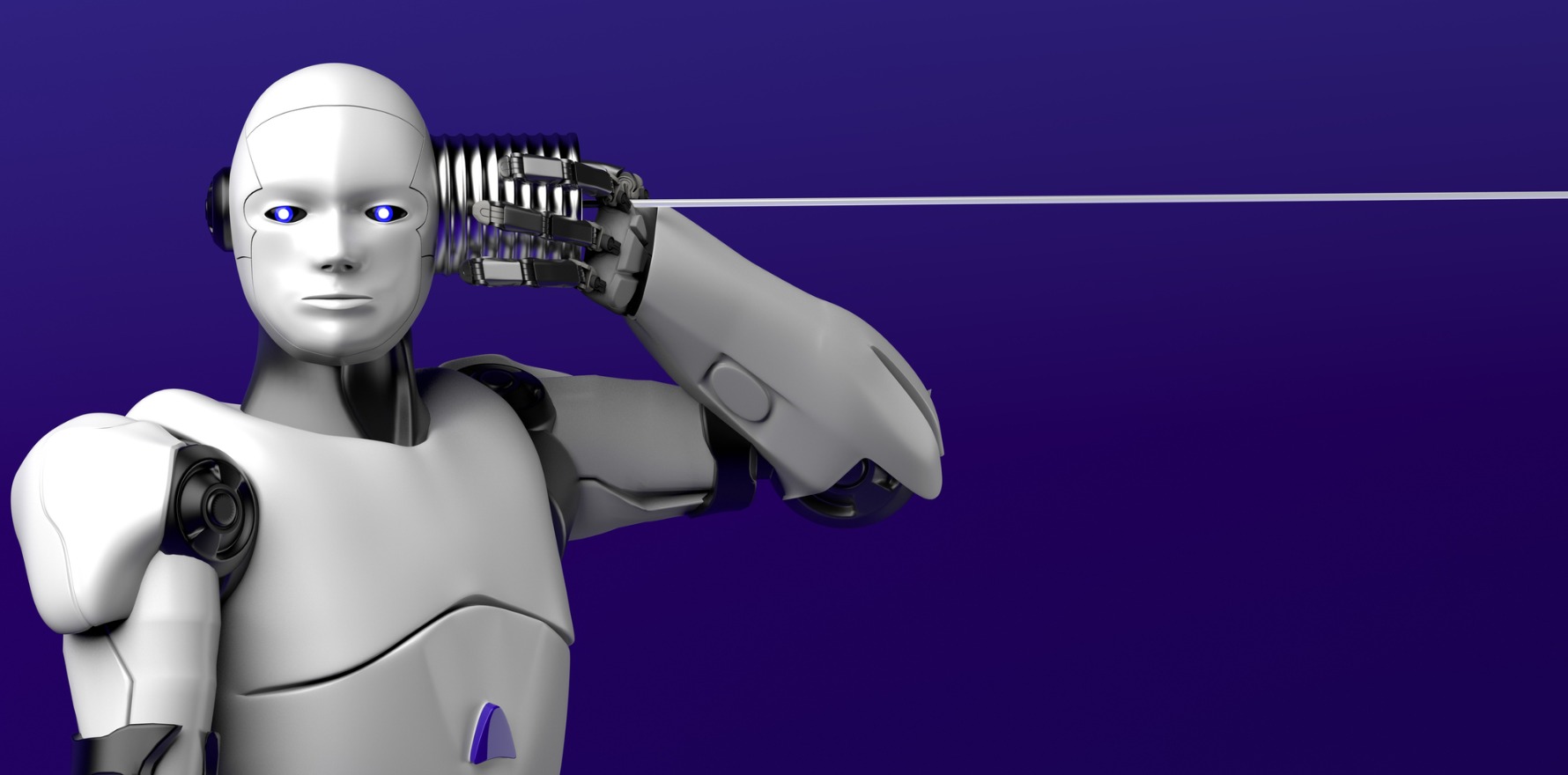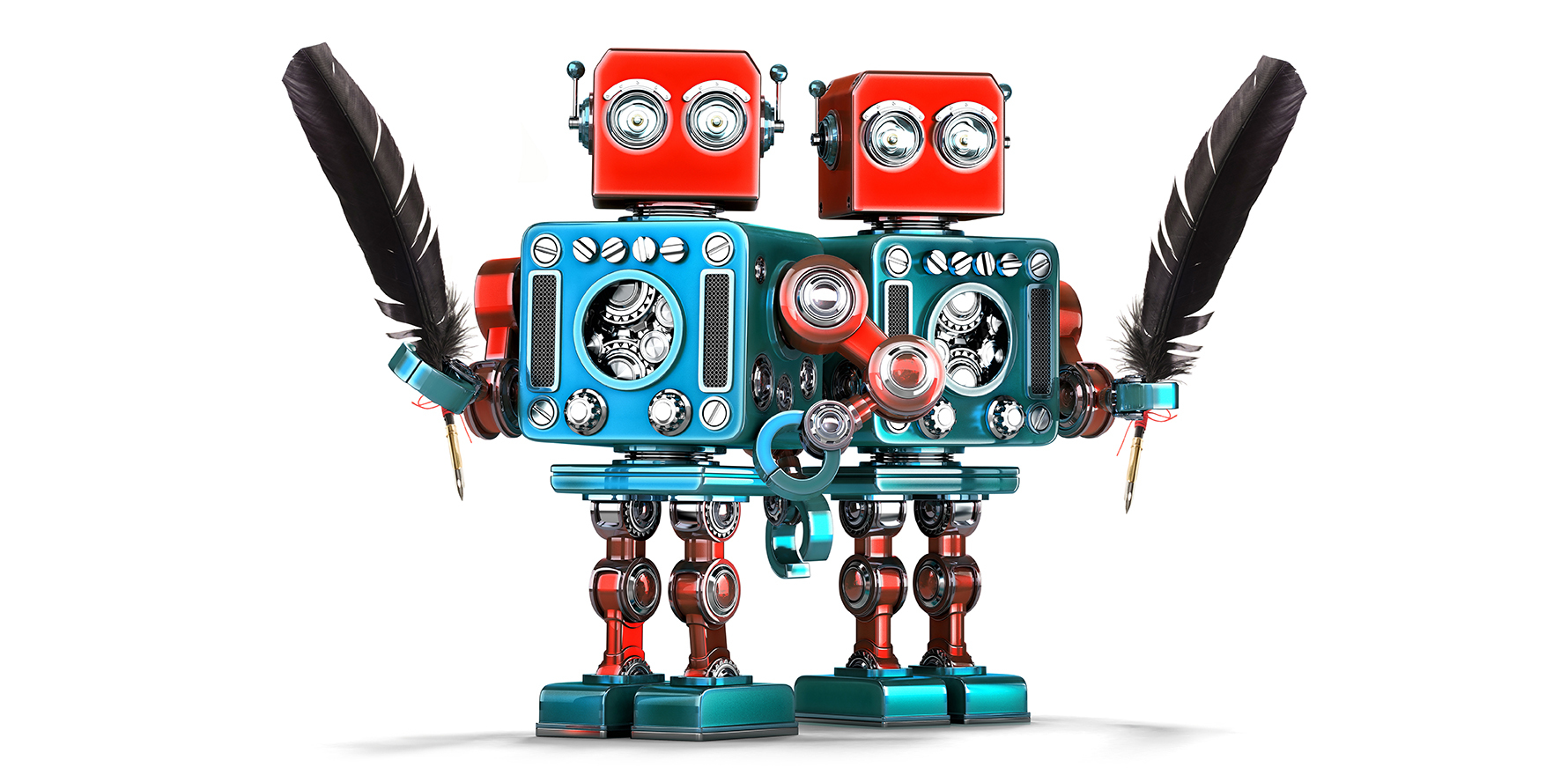US-based researchers say AI technology could help voice become a biomarker for some cancers and lesions.
Artificial intelligence has found yet another use in healthcare, with a new study saying the technology shows promise in detecting abnormalities of the vocal folds based on the sound of a voice.
The US-based researchers fed more than 180 standardised speech recordings from 176 people into an AI model that analysed tone, pitch, volume and clarity.
Of those 176 participants, 23 had a vocal lesion of some kind.
There are four key acoustic features: fundamental frequency, which is the frequency at which the vocal cords vibrate; jitter, which is fluctuations in fundamental frequency; shimmer, which is fluctuations in the amplitude of sound waves; and the harmonic-to-noise ratio, which looks at the periodic to aperiodic component in a speech signal.
The periodic component of the harmonic-to-noise ratio is the regular glottal pulses during phonation, while the aperiodic component is noise produced as air flows through the glottis.
One possible source of the aperiodic component is improper closing of the vocal cords.
There were statistically significant differences in the harmonic-to-noise ratio between men with benign cord lesions and men with no voice disorder, as well as between the men with benign cord lesion and the men with laryngeal cancer.
Related
There were no informative acoustic features among women.
“Of particular interest is the difference in [harmonic-to-noise standard deviations] between benign and malignant lesion groups, which suggests that [harmonic-to-noise standard deviations] may be a useful measure for monitoring lesion progression and detecting laryngeal cancer at an early stage,” the researchers wrote in Frontiers in Digital Health.
“This is a finding that will be interesting to test with larger datasets, and future studies can potentially leverage this to explain this relationship further.
“However, no statistically meaningful differences were found within Group 2, indicating that distinguishing lesions from other vocal pathologies may be more challenging.”
Future efforts, they said, should focus on increased sample sizes and nuanced data like lesion sizes.
Still, it’s unlikely that video endoscopies will become obsolete any time soon.
“While a definitive diagnosis still requires visualization, a validated AI-based voice screening tool could serve as a triage mechanism,” the researchers said.
“It could identify individuals with subtle voice changes who may not otherwise seek care, especially in primary care or telehealth settings.”





